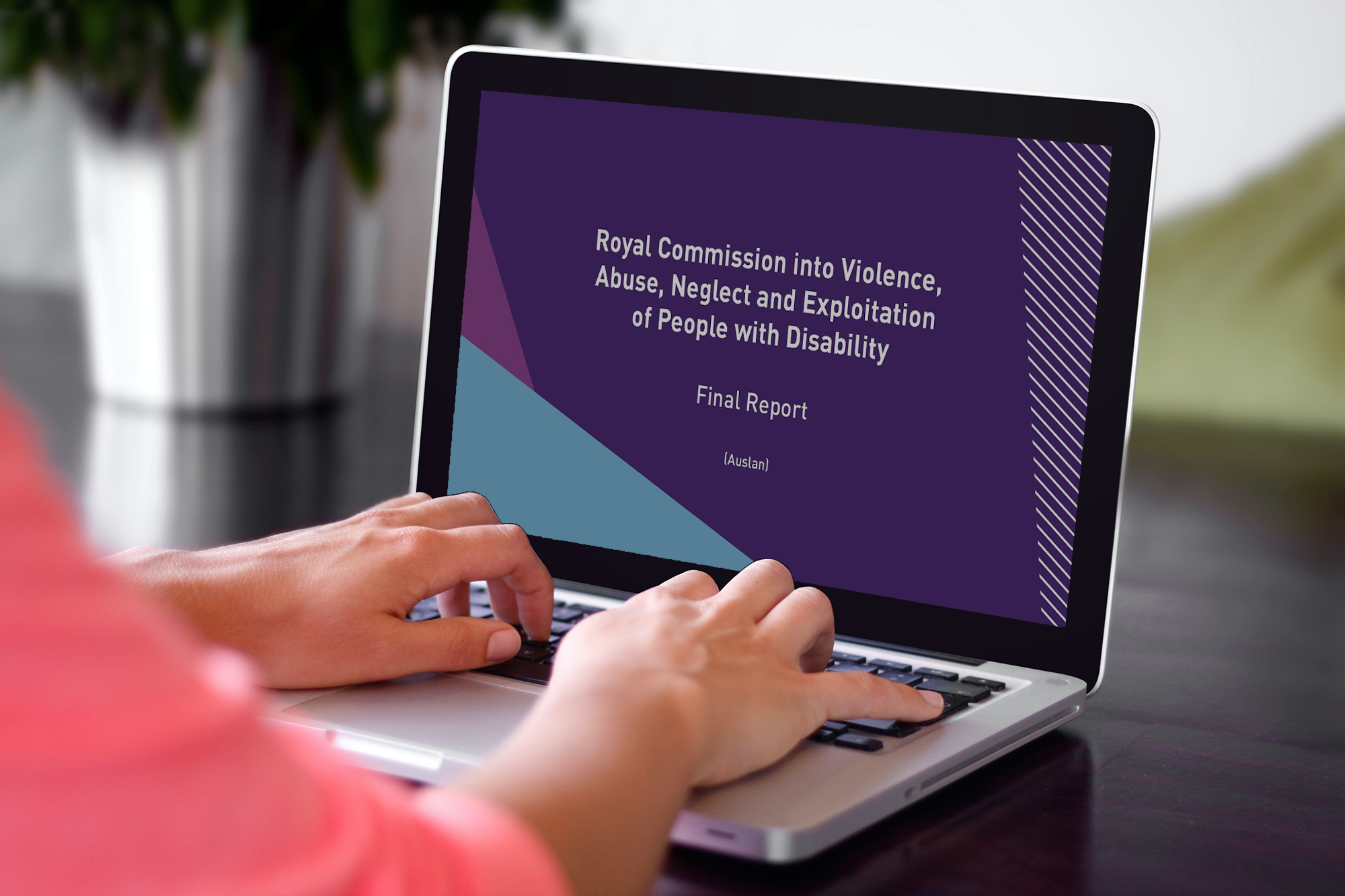In response to the impact of COVID-19, as well as a number of recent natural disasters including bushfires and floods, the new NDIS Emergency and Disaster Management Practice Standard was introduced in November last year. This was one of three new NDIS Practice Standards that were introduced at the time.
It was added into the NDIS Practice Standards so that providers ensure they have measures in place that will enable the continuity of each participant’s critical supports in the event of an emergency or disaster.
Over the last couple of months, we’ve given a number of webinars on this new Practice Standard, and we’ve also been helping providers work through what processes and documentation they should have in place to meet its requirements.
For those who missed the recent webinars, we wanted to summarise the key takeaways here.
Key steps
There are a number of steps or processes that are core to this new NDIS Practice Standard.
Planning
As a part of the planning process, providers should consider:
- the environment/context in which they deliver supports,
- the supports they provide,
- the individual needs, circumstances and risks of each participant and, in particular, which supports are critical to the participant’s daily living needs, and
- how they are going to ensure continuity of those critical supports for each participant in a disaster or emergency.
This involves developing and implementing plans at two levels:
Whole of organisation plan
The organisation as a whole must have an emergency and disaster management plan in place, and that plan needs to set out clearly how the organisation will adapt and respond to an emergency. It should identify the people who will be responsible for key roles, and what actions will be taken to ensure the continuity of operations and the delivery of critical supports. This plan must be communicated clearly to all stakeholders, including all workers, participants and their support networks.
Individual participant plan
Second, the organisation needs to include in each participant’s support plan the details of which supports are critical to that participant, and how those critical supports will continue to be delivered in a disaster or emergency situation.
That doesn’t necessarily mean an individual emergency management plan for each participant. But plans for the alternative delivery of critical supports do need to be identified and included in each participant’s risk assessment and support plan, so that the participant (and all relevant workers, carers and family members) understands whom they need to contact, who will help them and how, in the event of an emergency or disaster.
Consultation and communication
Providers must consult with participants, their carers and family members, to ensure the participant’s circumstances and individual needs are understood. This means understanding each participant’s living circumstances and anticipating how they could be impacted by an emergency or disaster. It means having a clear understanding with them about things like whom to call first and what to do should an emergency occur, and what alternative arrangements the provider has put in place to support them. Providers must consider how to communicate with participants, their representatives and workers in an emergency. Providers should collaborate with other providers, swap experiences and learnings and integrate these into planning.
Training
Providers must conduct regular staff training, including refresher training. Workers need to know what the organisation’s plan involves, who the key personnel are, and what their own role is in an emergency or disaster. Providers should ensure that they are familiar with the individual circumstances of their workforce, for example whether there are staff who live alone or in low-lying areas that may be affected by natural disasters, so they can determine who will be more available to assist in various emergencies or disasters.
Review
Providers must frequently review the plans, to ensure that new information and learnings from actual experiences are used to adjust the plan. The organisation must test the plans and hold drills to ensure you are prepared. This includes continuously improving the plan and consulting with industry peers.
Governing body responsibilities
The governing body is specifically, personally responsible for ensuring that all key steps set out in the new NDIS Practice Standard are implemented and followed by their organisation.
This includes ensuring that:
- management develops its organisation-wide plan,
- there is consultation with all participants and their support networks about their individual needs, risks and alternative support plans,
- their plans are regularly reviewed and tested,
- they are communicated to all stakeholders, and
- that workers are trained in and understand the plans that are specific to the participants they support.
Our resources
We have a number of resources to assist providers to meet their obligations under these new requirements. These resources are linked throughout our assessment modules for the NDIS Practice Standards. You can also access them by searching for them in the Reading Room.
- Policy and Template for Emergency and Disaster Management Procedures
- Template: Participant Risk Assessment
- Template: NDIS Support Plan
- Template: Communications Plan
- Policy: Infection Prevention and Control
- Template: Outbreak Management Plan Checklists
- Policy: Business Continuity
- Template: Emergency and Disaster Management Plan (Easy English)
For a really detailed run-through, you can access our recent 22-slide deck by searching for “NDIS PS webinar” in the Reading Room once you log in. And don’t forget to download our handy update on all of the new Quality Indicators added to the NDIS Practice Standards, which you can find on the Home Page.


